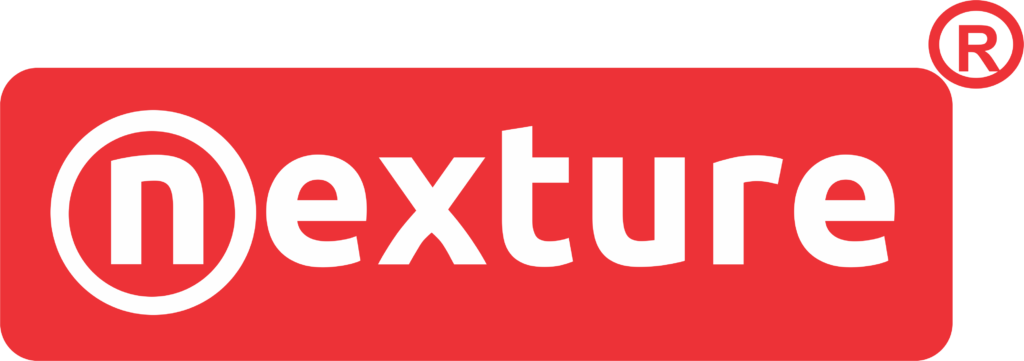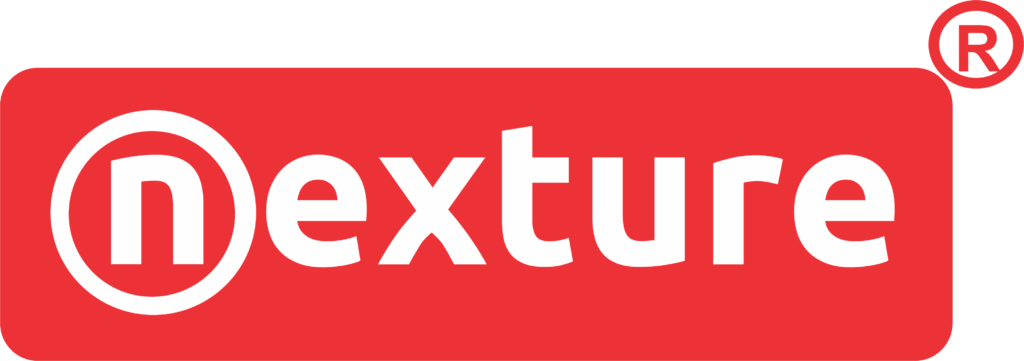Paying more doesn’t guarantee Google will show your search ad to users. Other factors like Quality Score also affect your ad’s visibility. But even if your ad appears, getting clicks is the next big challenge. In fact, the low click-through rate on Google search ads is something brands struggle with. And this low CTR results in a low-Quality Score, resulting in lower visibility. It’s a cycle. So, how do you address this issue? Here are some tips:
1. Write compelling headlines
Your headline grabs attention and convinces users to click. Use power words, numbers, and emotional triggers to make it enticing. Naturally incorporate your main keyword. For instance, instead of “Buy Shoes Online,” experiment with “50% Off: Move in Style with Our Handcrafted Shoes.” Test different versions to see what resonates with your target demographic. Remember, character limits are tight, so ensure each word counts.
2. Craft engaging ad copy
Your ad copy should tackle the user’s issues and clearly present solutions. Spotlight your unique value proposition and impart urgency. Use dynamic wording focused on user benefits, not just product details. Rather than “We sell organic skincare products,” try “Reinvigorate Your Skin: 100% Organic Skincare, Cruelty-Free Formulas.” Integrate a solid call to action (CTA) that spurs instant response.
3. Use emotional triggers
Emotions influence decisions, including ad clicks. Tap into your audience’s aspirations, worries, or desires within your copy. Include terms that spark relevant feelings about your offer. For a fitness program, experiment with “Transform Your Body, Unleash Your Confidence” instead of just listing features. Understand what motivates your target demographic on a deeper level. Are they pursuing security, adventure, or connectedness? Align your messaging to resonate with those needs, forging stronger connections and lifting CTRs.
4. Integrate social proof
Users trust peer voices. Show credibility by highlighting social proof in your ads. Apply review markups to showcase star ratings. Include figures that convey your popularity or success, like “Trusted by 10,000+ Customers” or “95% 5-Star Reviews.” If you have awards or renowned clients, mention them. For example, “Award-Winning Web Design: As Featured in Forbes.” This efficiently builds trust, making users more apt to click versus competitor ads.
5. Leverage ad assets
Ad assets (previously called extensions) expand your ad real estate and provide supplementary user details. They can radically increase your CTR at no extra cost. Apply sitelink to guide users to specific landing pages. Callout assets highlight key promotions or features. Structured snippet assets display exact product or service aspects.
6. Target long-tail keywords
Long-tail keywords are more specific and often signal higher intent. They tend to have less competition yet can lead to higher CTRs. Rather than targeting just “shoes,” go for “men’s waterproof hiking boots, size 10, wide width.” Searchers using such particular phrases are commonly closer to a purchase. Create dedicated ad groups for your long-tail terms to enable highly relevant messaging.
7. Implement dynamic keyword insertion
Dynamic keyword insertion customizes your ad to better match the user’s search term. It automatically inserts the search keyword into your ad text, boosting relevance. For instance, if your target keyword is “running shoes” and a user searches for “men’s running shoes,” your headline could change to “Men’s Running Shoes Now on Sale.” This increased relevance typically improves CTRs.
8. Optimize for mobile users
As mobile searches grow exponentially, mobile optimization is non-negotiable. Create concise, scannable ads for smaller screens. Include mobile-friendly CTAs like “Tap to Call” or “Get Map Directions.” Guarantee your landing pages offer seamless mobile experiences as well. Delivering an uninterrupted path from ad to website can significantly increase your conversions.
9. Use negative keywords
Negative keywords prevent irrelevant searches from triggering your ads. This sharpens relevancy and can lift CTRs. For example, a luxury watch brand might add “cheap” or “free” as negative terms. Regularly review your search queries report to identify and incorporate new negative keywords. This ensures your ads only display for users more likely to appreciate your offer.
10. Implement geotargeting
Geotargeting shows your ads to users in selected locations. This builds relevancy and can increase CTRs. Tailor your ad copy to mention the targeted area. For a local shop, you might add “in [City Name]” in your headline. You can also customize bids by location based on performance data. This allocates more of the budget to high-performing zones where users actively engage your ads.
11. Schedule your ads strategically
Ad scheduling enables displaying your ads during optimal times. Analyze data to pinpoint peak times for clicks and conversions. For instance, a B2B company may gain traction during weekday business hours, while a restaurant sees upticks in the evenings. Increase bids during high-performance times to maximize visibility when users convert.
12. Use countdown timers
Countdown timers signal urgency and can substantially increase CTRs. They work well for limited-time promotions or events. For instance, “Sale Ends in {=countdown(“2024/07/10 23:59:59″,”en-US”)}!” This dynamic feature updates in real-time, prompting users to click before the deal concludes. Use countdowns selectively and exclusively for genuine short-term offers to maintain audience trust.
13. Continuously test and refine
A/B testing is key to improving your CTR over time. Test various ad components, such as headlines, descriptions, CTAs, and extensions. Lean on data to guide decisions. For example, compare “Save 30% on Summer Styles” vs “New Summer Collection: 30% Off.” Run the experiment for a statistically significant duration, then roll out the winner. Continue testing and optimizing to keep lifting your CTR.
Final Thoughts
Running a successful PPC campaign is more than just creating an account and setting up the ad. There are a lot of factors that contribute to its success. Controlling and managing them can be challenging. This is why it’s recommended you work with experts. Get in touch with a digital marketing agency in Kolkata and discuss your campaign needs with a PPC specialist.

